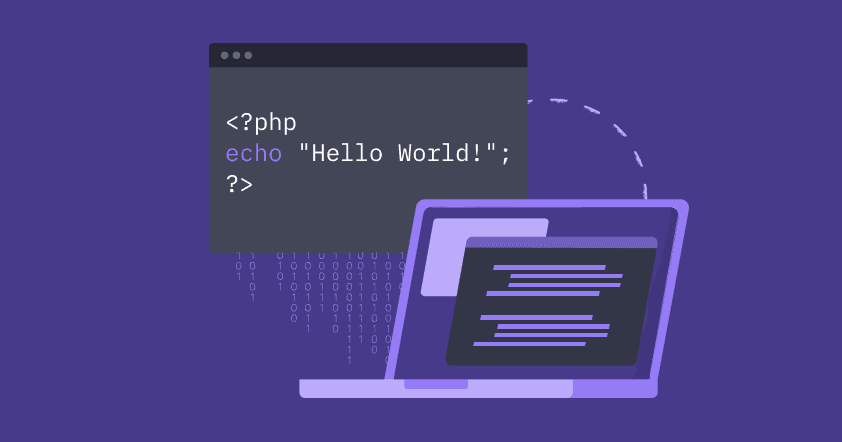
Determining your hacking targets with recon and automation
Why picking targets is so important Many ethical hackers struggle because they are hacking the “wrong” types of targets for them. This is especially true …

Mathias Karlsson
“Don’t shout hello before you cross the pond” is a Swedish saying meaning you shouldn’t celebrate until you are absolutely certain. Yesterday I did just that after finding a partial SOP bypass.
It started with me noticing that you could access malformed hostnames in Firefox (on OSX), the URL “http://example.com..” would load example.com and send “example.com..” in the Host header. I then tried adding characters after the leading dots, and “http://example.com..evil.com” also worked.
Instantly I knew this meant SOP could be bypassed, because Flash would treat “http://example.com..evil.com” as under “*.evil.com” while Firefox would treat it as under “example.com”. This meant that we could bypass SOP for any site containing a crossdomain.xml file allowing “*.somedoma.in”.
At this point I checked Alexa top 10000 and confirmed 7% was exploitable. I made a PoC for yahoo.com:

Aftermath of going to http://sds.ekil.dog..yahoo.com/loader.swf?url=https://www.yahoo.com&method=GET&callback=url
To make sure the bug wasn’t only on my machine I asked a co-worker to try it out in his VM. Yep, that worked. Finally, I updated Firefox to the newest version and the bug was still there. In my excitement I hinted on twitter about what I’ve found and started planning disclosure and writeup. Bug = Verified, right?
Not so fast. The mistake was that I didn’t update the OS to the newest version. Later when I did, the bug was dead. After some digging I came to the conclusion that it was fixed when CVE-2015-3755 was patched (6 months ago).
CVE-2015-3755 was reported as an URL spoofing bug by xisigr, and his writeup can be found at https://xisigr.com/x/cve-2015-3755/. Updating to OSX Yosemite 10.0.5 or OSX El Capitan will fix this bug.

Why picking targets is so important Many ethical hackers struggle because they are hacking the “wrong” types of targets for them. This is especially true …

You will find a common pattern if you read blog posts or watch interviews with some of today’s top ethical hackers. When asked if coding …